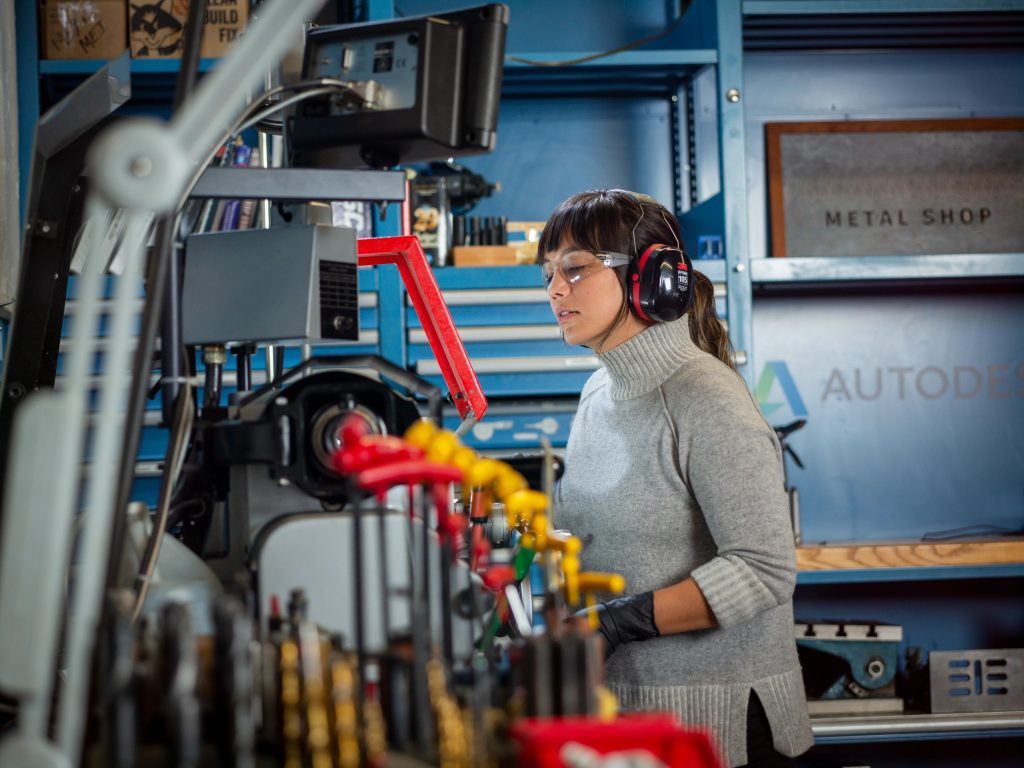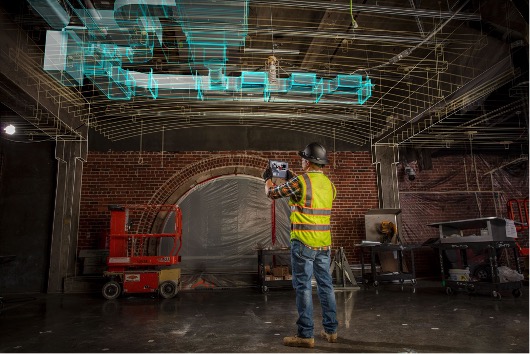
With the release of the October jobs report in the U.S., many workers—both those who are underemployed and those still seeking to return to work—were actively looking for better, safer, and higher-paying opportunities. Companies across industries like manufacturing and construction were also urgently seeking more skilled workers, as roles evolved rapidly due to automation. This wasn’t just a U.S. phenomenon—it was happening globally.
Since March 2020, the impact of new technology on the workplace has become more visible than ever. The pandemic accelerated digital transformation at an unprecedented pace, making it even more crucial for workers to reskill and upskill. As workplaces continue to change, staying relevant means adapting quickly and continuously learning new skills.
To better understand these shifts, we commissioned a Future of Work report from Emsi Burning Glass. The findings provide valuable insights into how the job landscape is evolving, especially in key sectors like construction and manufacturing. Here are some of the most important takeaways.
“Skilled Beyond Degree: How Experience Is Outpacing Education in Construction and Manufacturing Hiring†is a deep dive into the skills, education, and job requirements that are most in demand in construction and manufacturing across the U.S., UK, and Germany in 2020. The study gives us a clearer picture of what’s shaping the workforce today and what might shape it tomorrow.
View the full report here.
Takeaway #1: Continuous Learning is Critical
One of the most striking findings was the shift away from requiring a bachelor’s degree toward roles that don’t specify any formal education. While we at Autodesk still value college education for many learners, this report highlights the growing importance of skills and experience in matching talent with roles.
In the U.S., 2020 marked the first year where construction job postings showed this trend, while in manufacturing, most positions had no explicit educational requirement since 2016. In the UK, 82% of construction and manufacturing job postings in 2020 didn’t require formal education. In Germany, short-cycle tertiary education was the norm for most roles.
This aligns with what I’ve observed over the years—workplaces are changing fast, driven by new technologies, workflows, and processes. As a result, job qualifications and learning methods must evolve too.
For many roles in construction and manufacturing, hiring managers now look for candidates who can demonstrate specific skill mastery. Continuous learning through certifications, training programs, and on-the-job development will be essential for proving readiness and future-proofing careers.
Rachel Sederberg, Senior Economist at Emsi Burning Glass, shared her thoughts: “This report shows that training future workers, upskilling current employees, and identifying how skills can bring stability to those at risk of disruption from new technologies offer a powerful opportunity. All three regions highlighted the rising importance of skills, showing that experience and competency are becoming more critical than formal education when it comes to finding the right talent.â€
Takeaway #2: Automation is Changing the Game
Automation has been one of the most significant outcomes of the digital transformation taking place in businesses worldwide. As technology evolves, so do the types of jobs available—and the skills required to perform them.
While at Autodesk, we see the benefits of automation in making jobs safer and more efficient. However, we also recognize that the introduction of new technologies often raises concerns about job displacement. This report aimed to explore how workers are preparing for these changes, whether through reskilling or upskilling, and how they can benefit from the opportunities automation brings.
The research found that workers can use their existing skills to transition into new, more stable roles. For example, a Quality Inspector or Technician—someone at high risk of automation—can move into a Production Supervisor role by acquiring just a few new skills. This not only reduces the risk of being replaced but also increases earning potential.

Rachel added, “The key takeaway is that workers aren’t just adapting—they’re transforming. By focusing on skills development, they can stay ahead of technological change and open up new career paths.â€
Takeaway #3: Emerging Skills and Roles Are Rising
The report also identified trends in the types of skills and roles that will be in high demand in the near future. Key findings include:
- Even though degrees are becoming less important, there’s still strong demand for both technical and non-technical skills. Data analysis and management skills are increasingly sought after in construction and manufacturing.
- The global pandemic brought logistics and supply chain management into the spotlight, and their importance is expected to grow in the coming years.
- Renewable energy-related roles in manufacturing are set for significant growth over the next five years, highlighting the need for adaptability and new tech proficiency.
As industries and disciplines merge, choosing a specific field of study or degree is no longer the only path to success. Instead, embracing a lifelong learning mindset is key. Employees who consistently acquire in-demand skills are better positioned to find fulfilling and sustainable careers.
A second report from Emsi Burning Glass looks at the state of skills and jobs in the Asia-Pacific region. You can read more about how Autodesk is helping people thrive in the age of automation here.
There are many grades of PVC. The viscosity or K value commonly used in the industry indicates the average molecular weight (or average degree of polymerization) of PVC, that is, the length of the PVC molecular chain, which determines the grade of the resin and the corresponding processing parameters. The molecular weight of the resin is related to the physical and mechanical properties of the product.
PVC Resin is a kind of non-crystalline linear polymer compound. The larger the relative molecular mass, the higher the viscosity, the higher the molecular weight, and the higher the tensile strength, impact strength, and elastic modulus of the product, but the flow of the resin melt Decline in sex and plasticity. The viscosity number is usually used to indicate the molecular weight of the polymer, and the polymer model is divided
PVC used to be the largest general-purpose plastic in the world, and it is widely used. It is widely used in construction materials, industrial products, daily necessities, floor leather, floor tiles, artificial leather, pipes, wires and cables, packaging films, bottles, foam materials, sealing materials, fibers, etc
SG3 (K-70, S1300): mostly used for soft products, hoses, wires and cables, films, shoe materials, toys, auto parts etc.
PVC RESIN SG3 has high purity, less fish eyes, easy to blister, high temperature resistance, insulation, soft product texture, etc. It is mainly used to produce soft products such as wires and cables, agricultural films, conveyor belts, and daily plastic products.
PVC RESIN SG3,Pvc Resin Sg3 Sg5 Sg8,Pvc Resin K70,Pvc Resin Powder Sg3,Suspension Pvc Resin Sg3
Henan Shunbang Chemical Industry CO.,Ltd , https://www.pvcresinchemical.com
